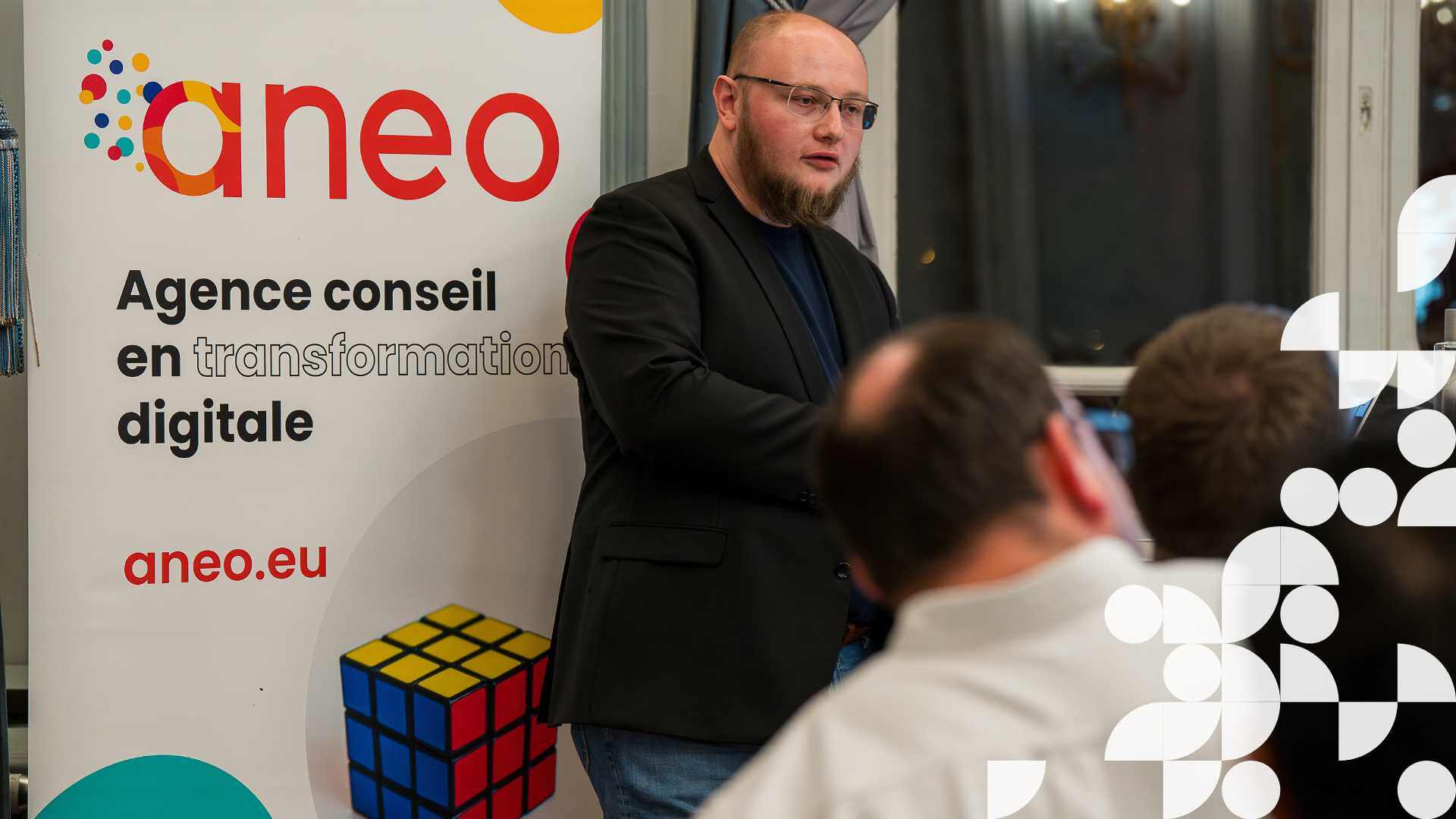Founded in 2010 in Estonia, Pipedrive now stands as the leading customer relationship management (CRM) platform "designed for salespeople, by salespeople." Straddling between the United States and Europe, with nearly 1000 employees, Pipedrive resembles a traditional company in terms of its organizational chart - at least superficially. Production encompasses research, design, and product management; engineering includes departments related to infrastructure, support, and R&D; marketing and sales involve the usual sub-units. However, at Pipedrive, appearances can be deceiving. Under the hood, the engine reveals itself to be that of a collaboratively governed organization, driven by a strong culture of continuous learning, which autonomous tribes tirelessly propel.
Utilized by 90,000 companies in 170 countries, Pipedrive is a CRM software focused on sales management and business activity planning. As head of software engineering, software development, process improvement, inter-company project management, and team management, Kadri Pirn is an enthusiast of dynamic organizational structures. She has led transformation programs aimed at supporting collaboration between teams, innovation, motivation, and goal-oriented culture. One of her recent projects at Pipedrive involves transforming traditional teams into "Mission Teams" and enabling the company to become, in effect, an agile organization while retaining a classic structure de jure.
Since 2018, the Pipedrive organization has completely reinvented itself. While many frustrations had been brewing, the discovery of self-governance acted as the spark. In 2018, 15 teams operated within the classic organizational chart (architects, product managers, designers, etc.). The organization was highly siloed, with limited exchanges, leading to ongoing competition among employees. Managers had set aside their expertise and were increasingly disconnected from the needs of their teams.
"You are constantly learning alongside people you didn't used to work with." - Kadri Pirn, Head of Software Engineering at Pipedrive
Aware of these challenges, Kadri Pirn took a vacation in early 2018 to gain perspective. She returned determined to initiate change among her engineers and product managers. After researching Spotify and Airbnb's organizational structures, reading Frédéric Laloux, and discovering holacracy, and after much internal discussion, she dove into the realm of Collaborative Governance. One of Kadri Pirn's mantras is: "try, experiment, and don't overthink!" In March 2018, she put this into practice. The process began, and the first tribes emerged as early as June.
What are tribes?
Tribes are inherited from the governance proposed by Spotify. Agile in nature, each tribe is responsible for the entire lifecycle of a service domain provided by Pipedrive: from defining the customer problem to finding a solution, through maintenance, monitoring, improvement, and service deprecation. Each tribe has its own vision and sets its objectives. Like a living organism, it is designed to be as autonomous as possible, capable of self-reorientation toward previously unknown missions, always in alignment with Pipedrive's purpose: Improving the lives of salespeople.
At Pipedrive, management doesn't disappear; it evolves. Tribes consist of an engineering lead and a group product manager, who ensure the implementation of the tribe's roadmap. A tribe revolves around a set of missions and the teams that carry them out. A Mission aims to solve a problem encountered by a customer, and Pipedrive encourages all its employees to lead a team to accomplish a mission. Where employees previously had up to three managers, they now have only one. Mission managers leverage their expertise to actively participate in production while retaining their managerial role by defining responsibilities within the team and their working method. They contribute to product improvement discussions while fostering connections with other teams within the tribe and the company.
At the start of the practice, some employees, outside their comfort zone and unaccustomed to managing, were apprehensive. However, feedback has been generally positive, with employees happy to learn and experience new challenges. "You are constantly learning alongside people you didn't used to work with," Kadri Pirn emphasizes.
In addition to tribes, Guilds (another concept pioneered by Spotify) serve to lubricate the wheels and facilitate cooperation between tribes in specific areas, such as Front-End Architecture, Back-End Architecture, Quality, and Monitoring… All employees with an interest are invited to participate.
Each tribe also has a team called "Launchpad," which supports missions by conducting research to assist in the "landing" - i.e., delivery and integration of the result, product quality improvement, and handling small tasks and bugs. Once their mission is complete, team members return to the Launchpad.
Some mission leaders grow weary; others love it and try to stay as long as possible. However, the idea is to rotate team leaders. If several people are competing to lead a team, the person who has been on a mission for less time is selected. No one is exempt! "A few months ago," Kadri Pirn recalls, "I had three tribes under my command. It was too much. The Launchpads decided to take them away from me, and I'm grateful." Everyone's roles must be assumed by as many people as possible.
The absence of bonuses tied to individual performance helps teams and tribes stay cohesive. Only the team matters because only collective performance is rewarded. No bonus is awarded for leading a mission. However, to encourage engineers to lead missions, taking the helm of a team is crucial for advancing within the company and reaching the rank of Senior Engineer.
An enduring aspect of the company culture, since its foundation in 2010, and one that likely facilitated the successful grafting of this collaborative governance method: customer feedback is central to understanding whether the product satisfies them or not. "For example," Kadri Pirn assures, "we constantly measure how our customers use the product - how often they use it, how often they return dissatisfied," which allows for continuous improvement. This culture of feedback also extends to the work of Pipedrive employees. "We want to constantly learn, improve," explains Kadri Pirn. She was very closed off personally when she joined Pipedrive. She asserts that the company culture has opened her up to feedback, both professional and personal, to the concerns of her colleagues, and has accustomed her to accepting mistakes and truly listening to others.




